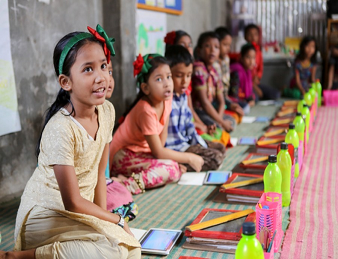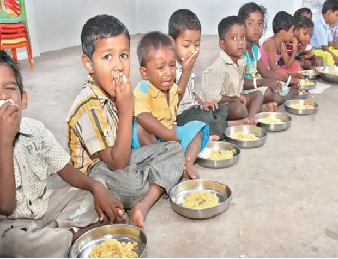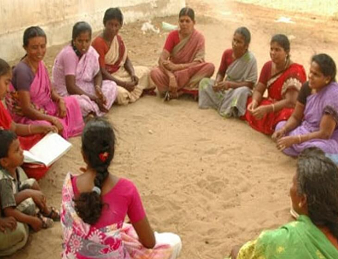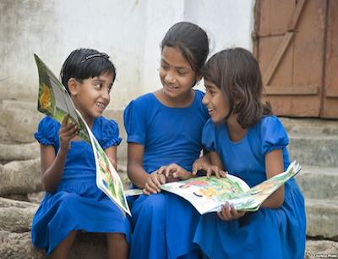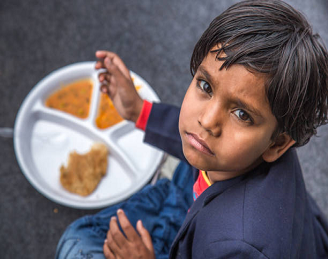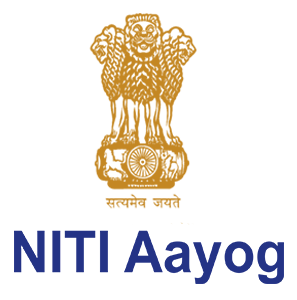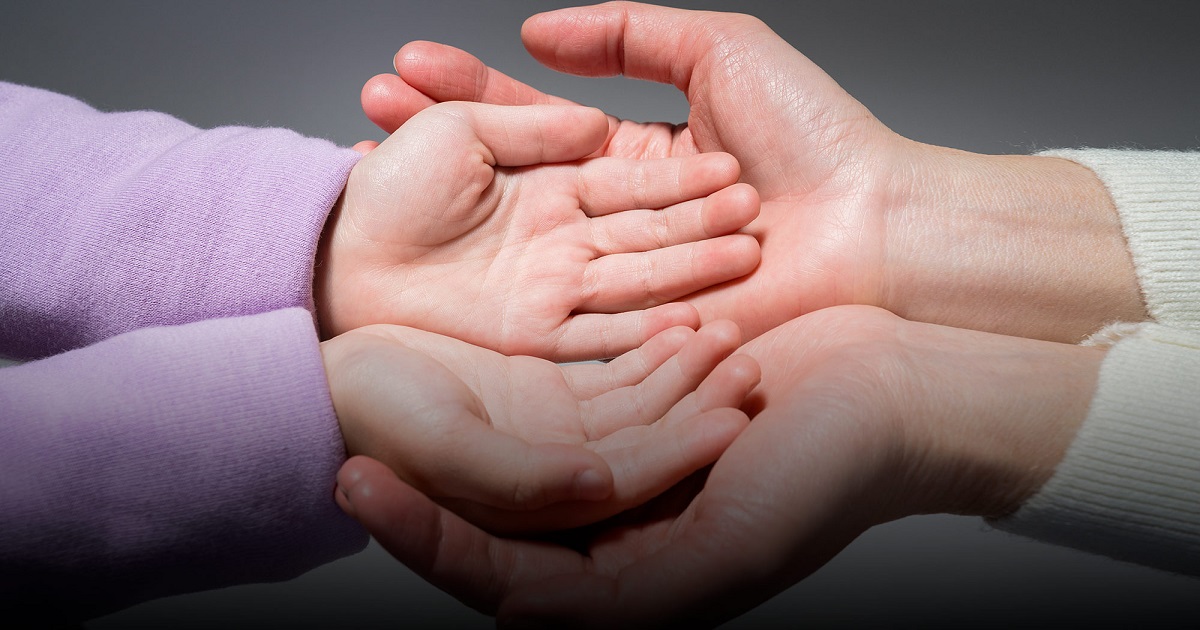
Child Protection

Child Protection
"Children are not things to be molded, but are people to be unfolded."
Child protection is the safeguarding of children from violence, exploitation, abuse, and neglect. Article 19 of the UN Convention on the Rights of the Child provides for the protection of children in and out of the home. One of the ways to ensure this is by giving them quality education, the fourth of the United Nations Sustainable Development Goals, in addition to other child protection systems. Child protection systems are a set of usually government-run services designed to protect children and young people who are underage and to encourage family stability.
India has a wide range of laws to protect children and child protection is increasingly accepted as a core component of social development. The challenge is in implementing the laws due to inadequate human resource capacity on the ground and quality prevention and rehabilitation services. As a result, millions of children are prone to violence, abuse and exploitation. Violence against children is widespread and remains a harsh reality for millions of children from all socio-economic groups in India. Both girls and boys in India face early marriage, domestic abuse, sexual violence, violence at home and in school, trafficking, online violence, child labour and bullying. All forms of violence, abuse and exploitation have lifelong consequences on children’s lives.

